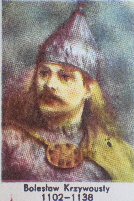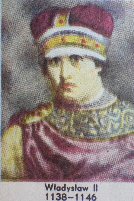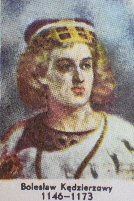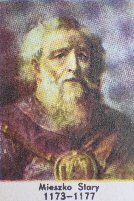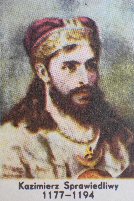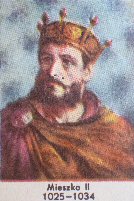
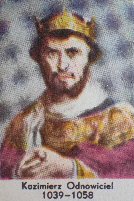
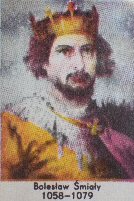
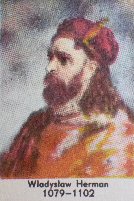
One of the most notable events was the Norman Conquest of England in 1066, which reshaped the English monarchy and aristocracy.
William the Conqueror's victory at the Battle of Hastings led to profound changes in English governance and land ownership. Meanwhile the Investiture Controversy challenged the relationship between the papacy and European monarchs. This conflict centred on who held the authority to appoint church officials, highlighting the struggle between secular and religious powers.
In the Byzantine Empire, the reign of Alexios I Komnenos began in 1081, ushering in a period of military and administrative reform.
The First Crusade was launched in 1096, representing a significant religious and military expedition to the Holy Land. This crusade had lasting implications for Christian-Muslim relations and European expansionism. The eleventh century also witnessed the codification of feudal laws, which structured medieval society.
Scholasticism emerged as a dominant intellectual movement, blending Christian theology with classical philosophy.
Monastic reforms, such as those initiated by the Cluniac order, revitalised religious life across Europe.
Trade and commerce flourished, with burgeoning towns and the establishment of new trade routes. Architectural innovations included the development of Romanesque style, evident in numerous cathedrals and churches.
In Asia, the Song Dynasty advanced in technology and culture, influencing neighbouring regions.
The eleventh century's literary achievements included the creation of epic poems and chronicles. Political fragmentation in some regions contrasted with the consolidation of power in others.
The period was also marked by demographic changes, partly due to agricultural advancements. These developments collectively set the stage for the High Middle Ages.
Overall the eleventh century was a dynamic epoch that laid foundational aspects of modern Europe.
Its legacy continues to be studied for its profound impact on subsequent historical trajectories.
One of the most important events during William's reign was the creation of the Domesday Book. The Domesday Book listed all of the towns and villages in England, along with the people who lived in there, what land they owned and what animals they owned. It is the oldest surviving public record, and has been invaluable (bezcenny) for historians in studying British history.
